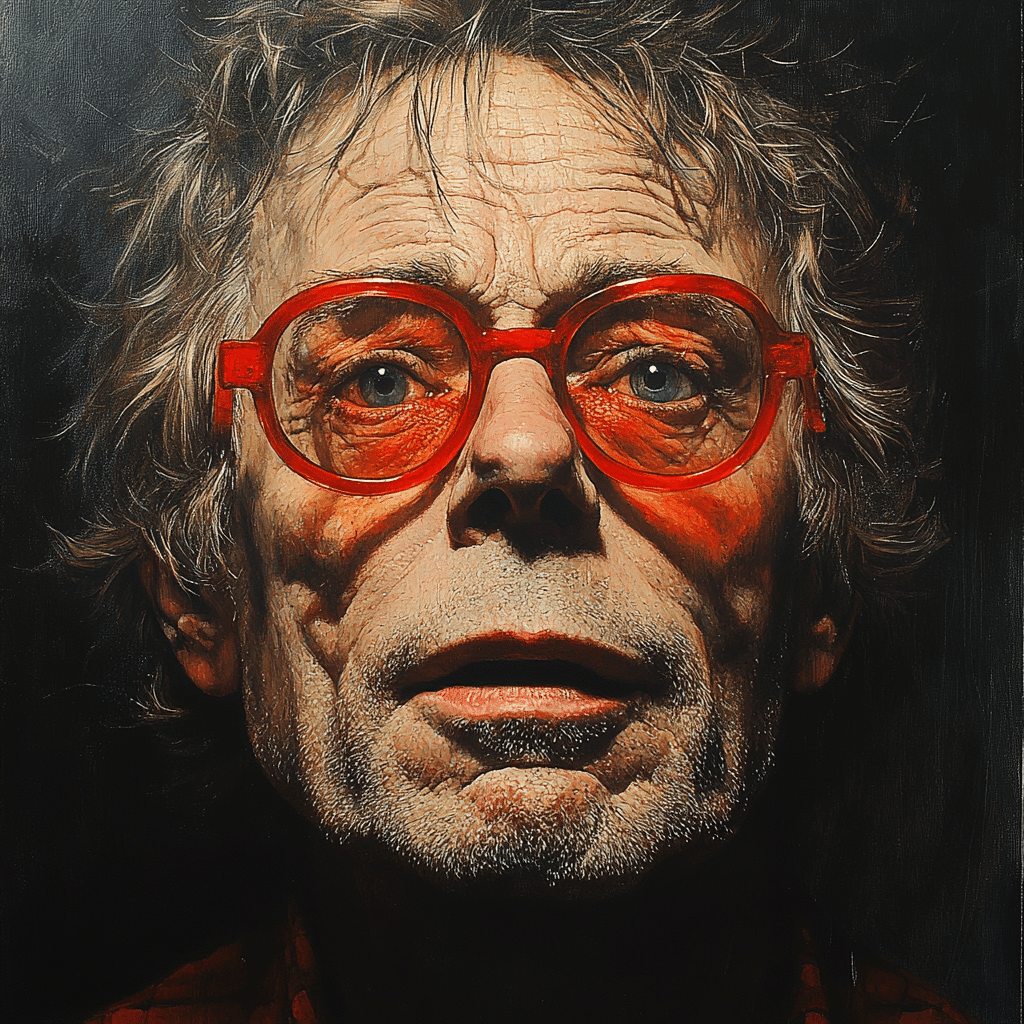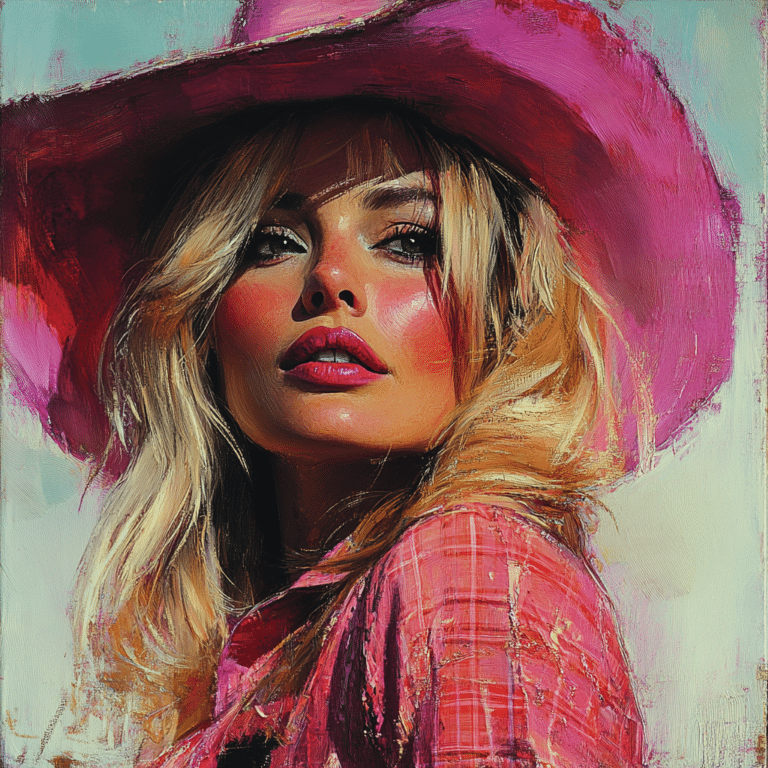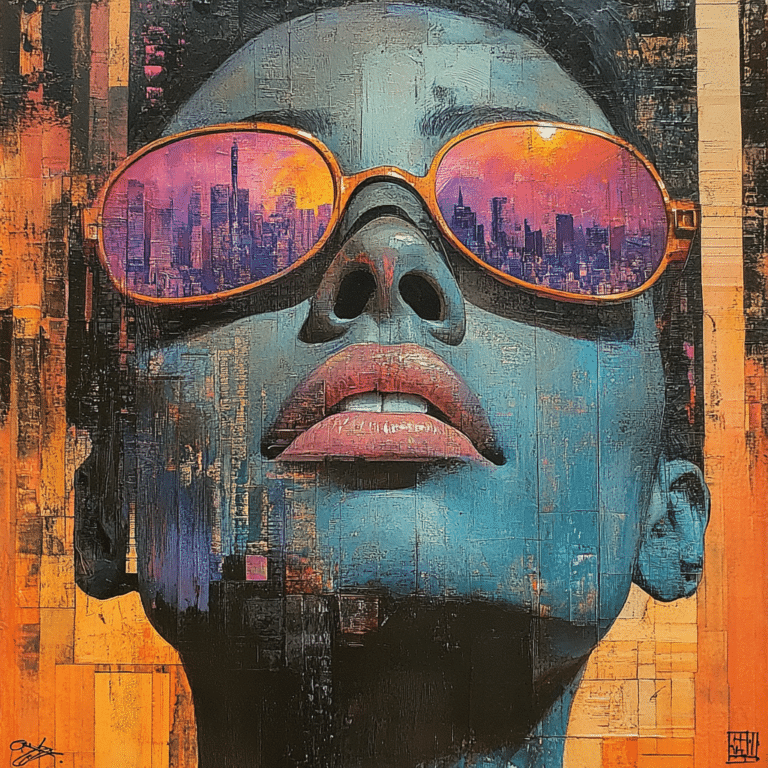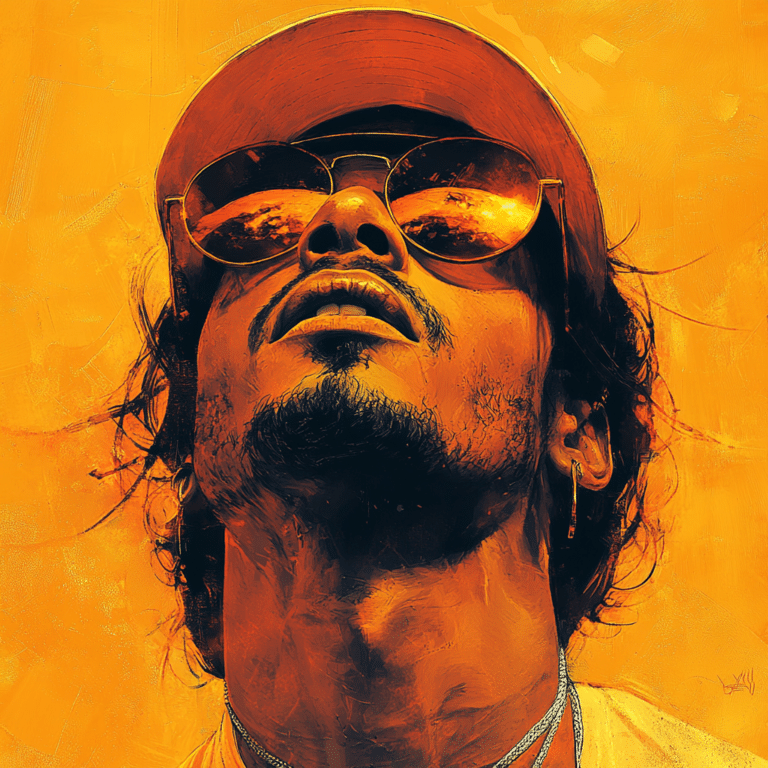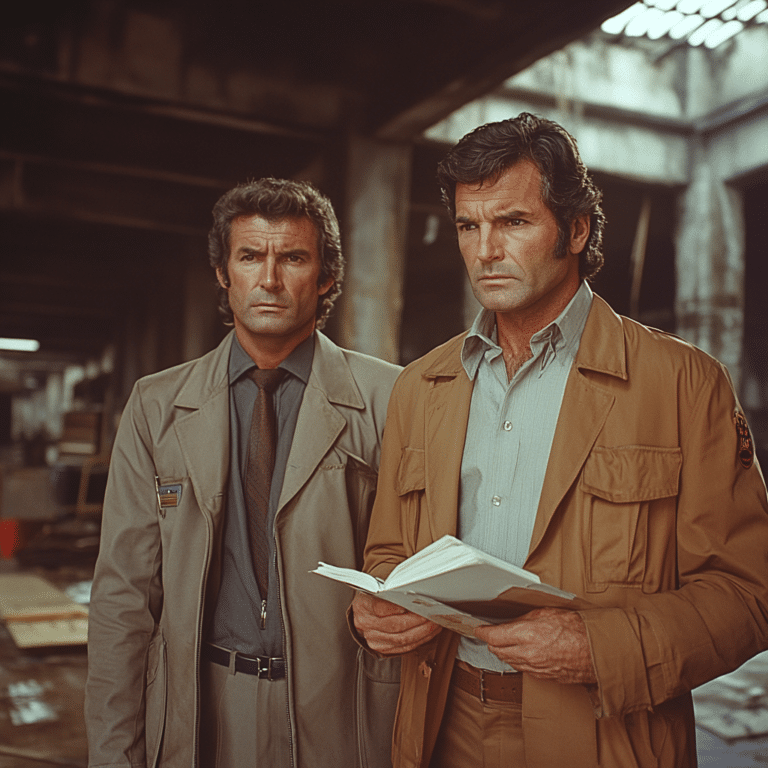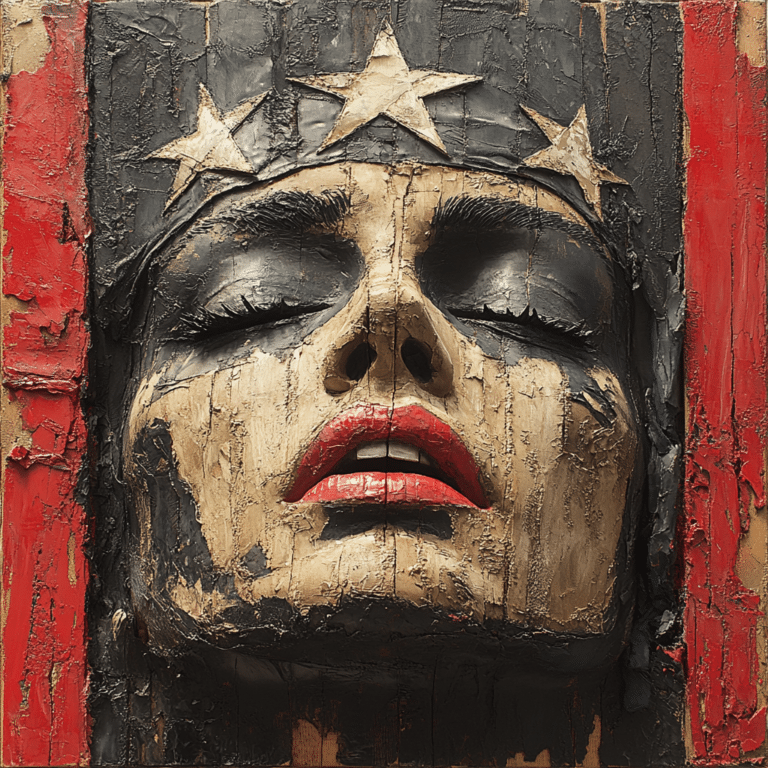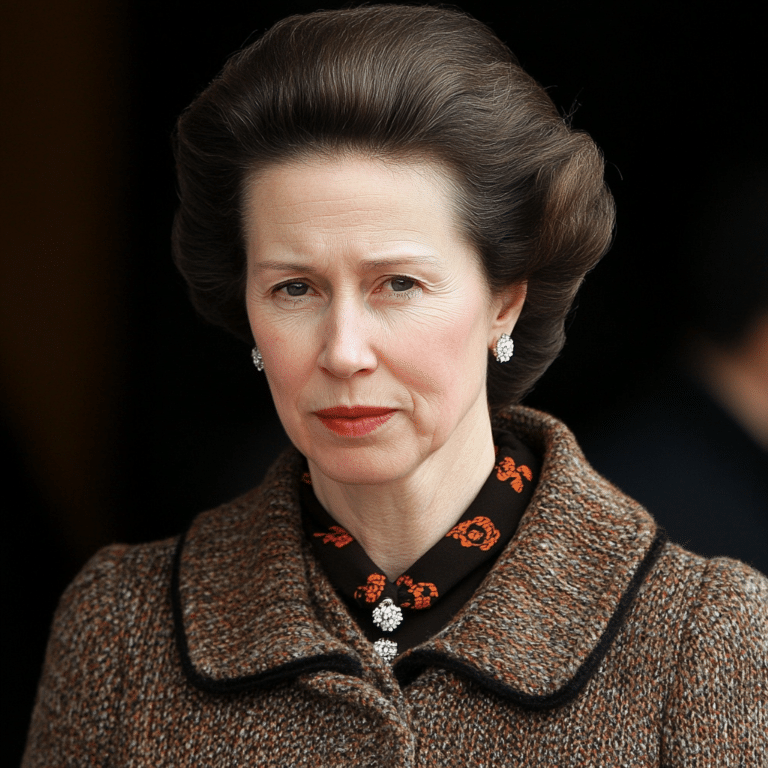Unpacking the Ban: Why ‘Rage’ Stephen King Faces Global Censorship
When Stephen King published Rage in 1977 under the pseudonym Richard Bachman, he ignited a firestorm he could never have predicted. Rage Stephen King tackles a story about school shootings—a topic that has tragically become more relevant today. Set in Placerville High School, the narrative follows Charlie Decker, a troubled teenager who shoots his algebra teacher and holds his classmates hostage. King never intended to glorify violence but rather portray the mental turmoil of youth.
The book, despite its compelling storyline, was linked to actual school incidents and soon faced censorship on a global scale. King himself pulled the novel off the shelves in 1997, acknowledging its dark influence. This decision has since shaped the perception of Rage as a significant yet suppressed piece of literature. The question remains, though: Does Rage deserve its fate, or is its ban merely a knee-jerk reaction to societal fear?
The Impact of Real-Life Incidents Linked to ‘Rage’ Stephen King
There’s no denying Rage Stephen King has a controversial reputation. The book gained notoriety due to its unsettling connections with real-world school shootings:
These incidents have driven the debate about whether violent media can incite real violence, a discussion that continues to divide opinion.
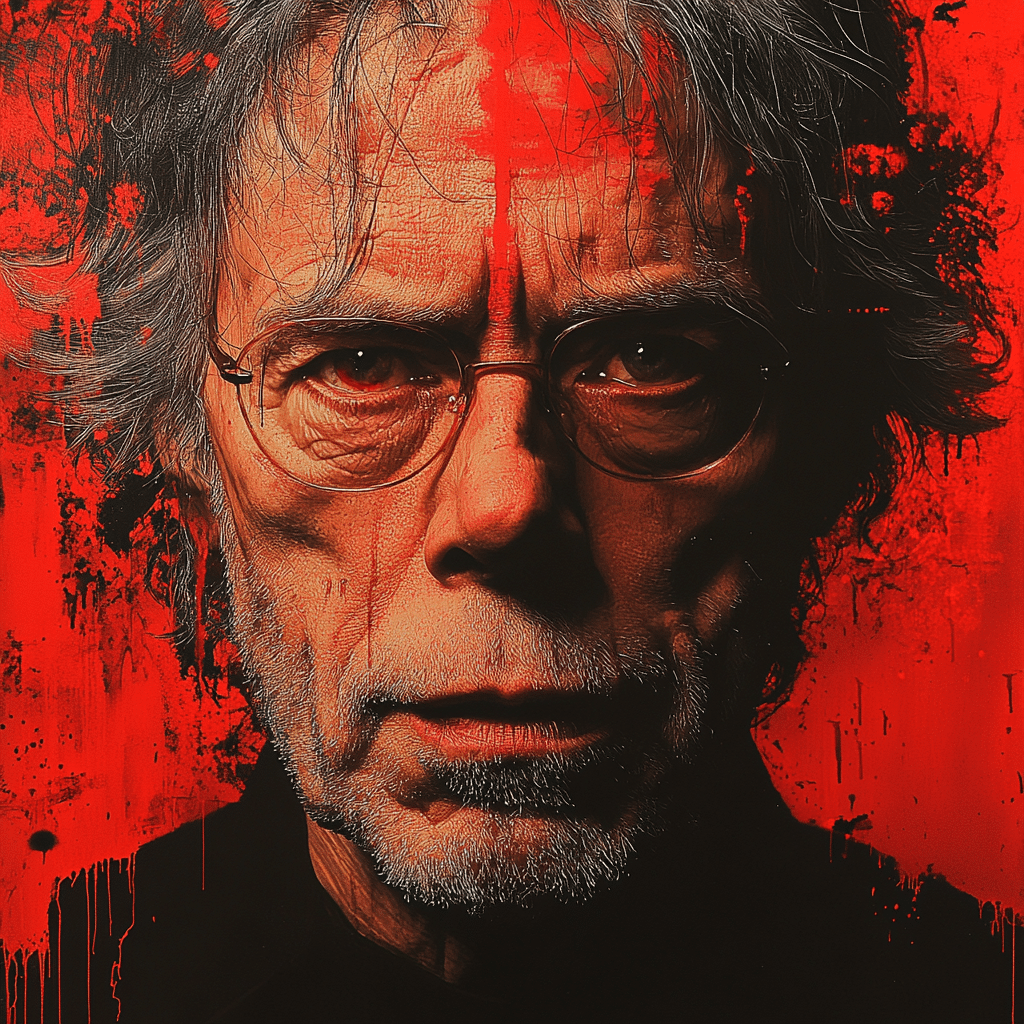
| Topic | Information |
|---|---|
| Title | Rage |
| Author | Stephen King (written under the pseudonym Richard Bachman) |
| Setting | Placerville High School |
| Plot Summary | A teenager named Charles Decker shoots his algebra teacher and holds the class captive; they bond uniquely over hours. |
| Controversy | Linked to four real-life school shootings; Stephen King requested its removal from publication. |
| Current Availability | No longer in print or sold in most bookstores due to King’s request. |
| Film Adaptation | Will never get a film adaptation. |
| Initial Publication Date | 1977 |
| Pseudonym Reason | Publishers limited authors to one book per year; King used a pseudonym to publish more frequently. |
| Cultural Impact | Sparked debates about the influence of literature on real-life violence. |
Examining Media Blame: ‘Rage’ Stephen King’s Role in the Debate
The censorship of Rage has only added fuel to the ongoing debate over media’s culpability in real-life violence. Critics argue that removing the book infringes on freedom of speech, failing to address deeper issues like mental health and gun accessibility. Instead, they suggest a comprehensive approach to solving the crisis, including improved mental health services and stricter firearm regulations.
On the flip side, advocates for censorship argue that taking Rage off the shelves was essential to prevent further tragedies. They believe that potentially harmful content must be controlled to safeguard our youth. This classic conflict embodies the broader debate about personal responsibility versus societal protection.
Exploring the Themes: What ‘Rage’ Stephen King Really Tried to Convey
Stephen King has often commented that Rage was an early, flawed effort. The novel dives deep into themes of isolation, mental illness, and the desperate search for identity among teenagers. King’s protagonist, Charlie Decker, is a vessel to explore these dark aspects of youth. The narrative’s intent was never to glorify violence but to provide a window into the psychological struggles of a troubled mind.
King’s self-critical stance on Rage reveals his understanding of the book’s impact and his responsibility as a creator. This introspection led to his decision to withdraw the book from circulation, a rare move that highlights the ethical dilemmas artists face concerning their influence.
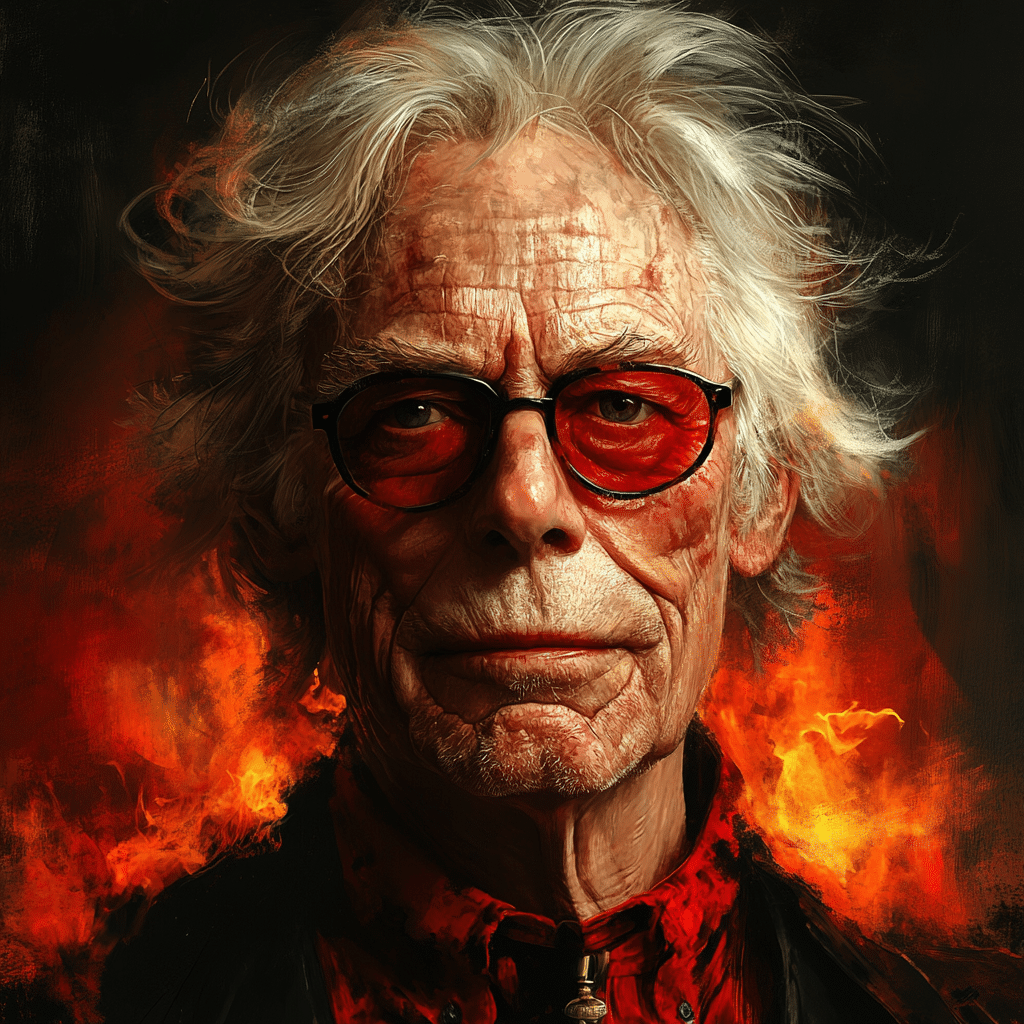
Comparisons with Other Banned Books
Rage isn’t alone in its banned status. It joins a list of other notable works that have been censored for various reasons. For instance:
Each of these works, including Rage, challenges societal norms and provokes essential conversations about censorship and its implications.
Educational Perspectives: Teaching ‘Rage’ in a Classroom Setting
The sensitive nature of Rage has led educators to debate its place in schools. Some argue that the book could be a powerful educational tool if taught under the right framework. Discussions around mental health, media influence, and violence prevention could benefit from the themes explored in Rage.
Others, however, contend that the risks are too high. Given the vulnerable setting of schools, introducing such a provocative book might do more harm than good. The decision ultimately lies with education boards and communities, who must weigh the potential benefits against the inherent dangers.
Public Opinion: What Readers and Critics Say About ‘Rage’ Stephen King
Public perception of Rage has shifted significantly over the years. Critics originally praised its raw depiction of adolescent turmoil, but modern readers often view the book through the lens of its controversial history. While many respect King’s decision to withdraw the book, there’s a segment that views this as yielding to public hysteria.
In the court of public opinion, Rage remains a polarizing work. Fans of Stephen King see it as an integral part of his oeuvre, while detractors see it as a catalyst for violence. The debate underscores the complexity of authorial responsibility and the impact of fictional narratives on real life.
Legal Ramifications: Precedents Set by the ‘Rage’ Stephen King Ban
The decision to ban Rage has profound legal implications. It raises the question of whether authors and publishers should be accountable for the actions inspired by their works. This legal gray area continues to challenge norms within the publishing industry and the broader creative community.
Such legal dilemmas force us to examine the fine line between artistic freedom and social responsibility. Where should we draw the line, and who gets to decide what’s too dangerous to read? These questions underscore ongoing discussions about censorship and its role in society.
Legacy and Lessons: Reflecting on ‘Rage’ Stephen King in 2024
Fast-forward nearly fifty years since Rage hit the shelves, it stands as a testament to the powerful intersection of media, violence, and censorship. Stephen King’s decision to pull the book highlights a rare moment of self-awareness and acknowledgment of an artist’s impact on the world.
In retrospect, Rage continues to provoke essential reflection about storytelling boundaries and societal responsibilities. Whether one views its ban as justified or as an overreach, there’s no denying that this book forces critical thought on complex issues interwoven with art and literature.
As we look back in 2024, Rage remains a critical piece of King’s legacy and a significant touchstone in debates about the influence of fiction, demonstrating the profound effects literature can have on the real world.
Rage Stephen King
Trivia and Interesting Facts
Stephen King’s 1977 novel, Rage, written under the pseudonym Richard Bachman, holds a notorious place in literary history. King, the master of horror, later requested for the book to be taken out of print due to its content and the shocking real-world incidents it indirectly inspired. You might not know, but Rage gained unwelcome fame because it seemed to foreshadow several tragic school shootings, leading to its eventual ban.
Interestingly, King wasn’t just dabbling in horror under his own name; he adopted the Bachman persona to see if his work could stand on its own merit without the King brand. This pseudonym was a reminder that even the biggest names sometimes crave anonymity. Speaking of personas and alter egos, did you know that the character Bon Kurei from the popular anime One Piece is another example of a dual-identity storytelling technique?
It’s not just the chilling theme that gave Rage its infamy. The book dropped into a cultural moment obsessed with the macabre and violent, capturing the dark curiosities of its readers. Around the same era, pop culture was teeming with bold, controversial imagery—like Cindy Crawford making waves on a Playboy cover, pushing the boundaries of acceptability.
The ripple effect of Rage on public consciousness can’t be understated. Its controversial legacy is reminiscent of how certain songs or shoes, like Nelly ‘s Air force Ones, leave a lasting imprint on societal trends. King’s decision to pull the book was deeply influenced by how it was being interpreted and misused in ways that even he, a preeminent figure in horror literature, found disturbing.
So, as you reflect on the intricate layers of Rage by Stephen King, consider how a novel can weave itself into the very fabric of cultural and social dialogues. From paying homage to Richard Bachman( to understanding King’s broader societal impact, the legacy of Rage is as multifaceted as the term dragonfly in Spanish. Whether it’s a banned book or a pop culture phenomenon, the narratives woven by these stories find a way to remain relevant across time.
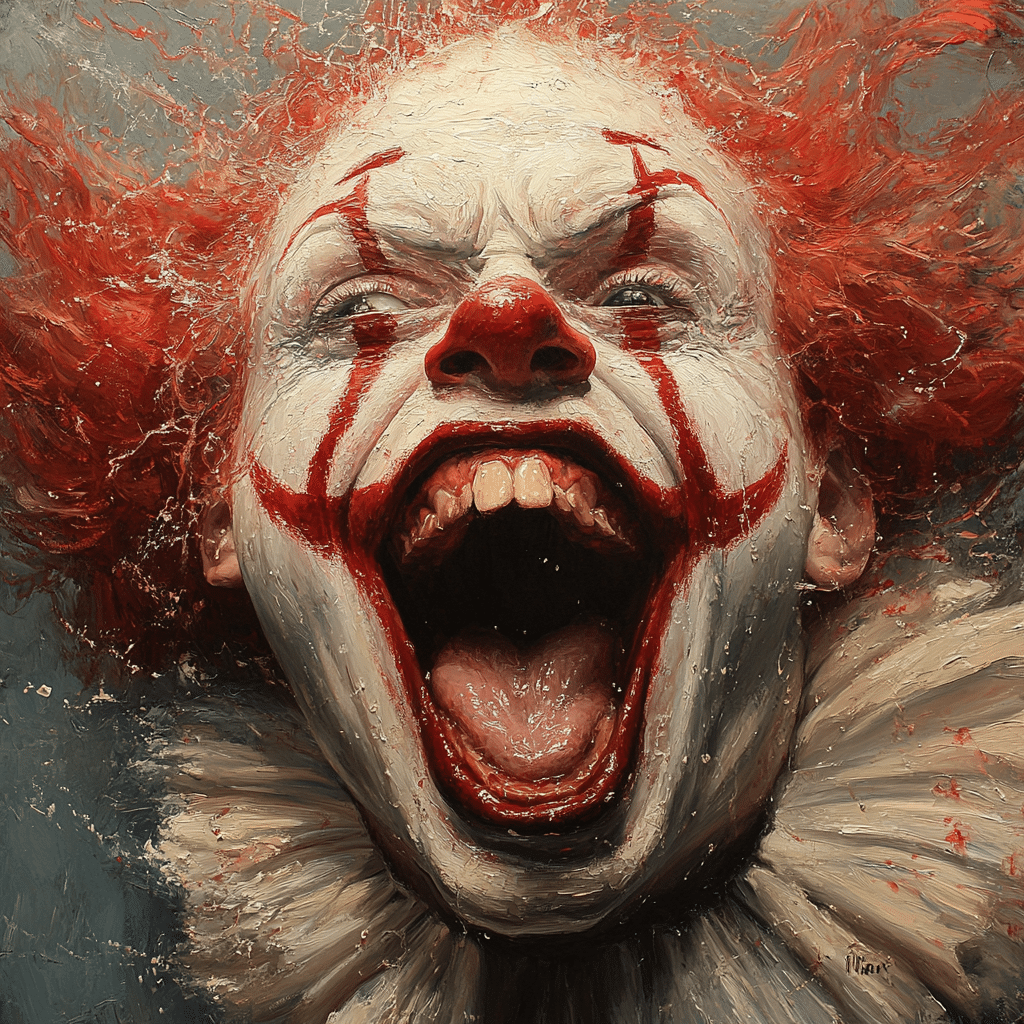
What is the plot of Rage by Stephen King?
“Rage,” by Stephen King, centers on a troubled teenager named Charles Decker who shoots his algebra teacher and then holds his classmates hostage. Over the course of their captivity, the students reveal secrets and explore complicated emotions, transforming their relationships.
Why was Rage taken off the shelves?
Stephen King asked publishers to remove “Rage” from shelves because the book was linked to several real-life school shootings. He felt it was the responsible thing to do to prevent further incidents.
Is Stephen King’s Rage a movie?
“Rage” is not a movie, and there are no plans for a film adaptation. King has made it clear that he doesn’t want it to be made into a film.
Why did Stephen King use Richard Bachman?
At the start of his career, Stephen King used the pseudonym Richard Bachman to publish more than one book a year without overwhelming the market under his own name. This allowed him to test if his success was due to talent or luck.
Why was rage banned?
“Rage” was effectively banned when Stephen King requested its removal from circulation after it was tied to multiple school shootings. He believed that pulling the book would lessen its potential negative impact.
What is considered to be Stephen King’s best book?
There isn’t a universal consensus on Stephen King’s best book, but “The Shining,” “It,” and “The Stand” often top readers’ lists due to their gripping stories and complex characters.
What Stephen King book is no longer being published?
“Rage” is the Stephen King book that is no longer being published. King himself requested that it be removed from print to prevent it from influencing further violence.
What book did Stephen King write about a school shooting?
The book Stephen King wrote about a school shooting is “Rage,” which follows the harrowing events of a student holding his classmates hostage after shooting his teacher.
Why is the book It controversial?
The book “It” is controversial for its graphic and disturbing content, as well as a controversial scene involving the child protagonists. It’s one of King’s most well-known, yet divisive, works.
What is Stephen King’s scariest book?
Many consider “Pet Sematary” to be Stephen King’s scariest book. Its dark themes of death and resurrection strike a deep, unsettling chord with readers.
Is Stephen King’s Rage out of print?
Yes, “Rage” is out of print. Stephen King has requested that publishers cease its production to mitigate its potential negative impact.
What 1994 movie is based on a Stephen King novel?
The 1994 movie based on a Stephen King novel is “The Shawshank Redemption.” It’s widely acclaimed and has become a classic American film.
What was Stephen King’s accident?
Stephen King had a serious accident in 1999 when he was hit by a minivan while walking along a road in Maine. He suffered several injuries, including a collapsed lung and broken bones, but eventually recovered.
Who is Stephen King’s wife?
Stephen King’s wife is Tabitha King. She’s also a writer and has played a significant role in his career, providing support and inspiration.
Does Stephen King use a ghostwriter?
Stephen King does not use a ghostwriter. All of his works are penned by him, and his distinctive voice and storytelling style are unmistakably his.

